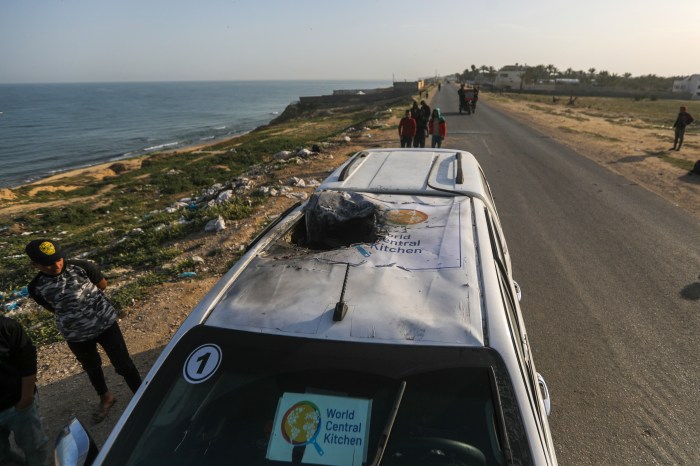Ahead of his Earth Day-focused lecture at the Hayden Planetarium, NASA climate scientist Benjamin Cook discussed with Metro how important satellite imagery is to the study of the Earth’s environment. He also discussed NASA’s continuing effort to gather more information about the planet. Cook’s lecture will take place Friday, at 7 p.m., at the Hayden Planetarium Space Theater in the American Museum of Natural History, West 81st Street and Central Park West.
What does NASA do for climate science?
NASA does a lot of different things. It’s not just the space program. What a lot of people don’t realize is that the Earth’s system is part of our fundamental mission. We have lots of satellite missions and instruments to give us unparalleled information about vegetation, clouds, changes in the ocean, sea ice and glaciers, groundwater — almost anything you might be interested in they have some way of measuring it through satellites. We also run big simulations to understand how climate will change in the future with greenhouse gas emissions.
What kind of information can the satellites gather?
Satellites give us a way to fill in the gaps. We can’t have a thermometer everywhere. Satellites give us a way to know what’s going on in places that are very distant from people, such as Antarctica, or the middle of the Amazon, or the middle of the Artic Ocean. Without NASA, there’s nobody else running these satellite missions giving us the opportunity to look at these things.
The data matters. Without the data we can’t make the most informed decisions about how to deal with problems. Data is nonpartisan, it’s not political. Regardless of your background, an informed decision cannot be made without data.
What are the images saying about Earth right now?
What they’re telling us is that things are changing. In some places they are changing very rapidly, and that’s consistent with the Earth getting warmer. Glaciers are shrinking. Sea ice levels beginning to rise. Vegetation is changing. That’s all consistent with the levels of greenhouse gas emissions.
It’s definitely not slowing down, and in some places it might be accelerating, temperatures rising faster in some places. But even where it’s not accelerating it will continue to happen if things keep warming.
Have efforts to reduce greenhouse gas emissions made any difference?
At this point it’s just hard to say. And the reason for that is because there’s a lag in the system. Anything we do to change greenhouse gas emissions can take several years or a decade to show us its impact. But one thing is clear, the more greenhouse gas we emit the larger the impact. We should have an eye towards reducing greenhouse gas emissions.


















